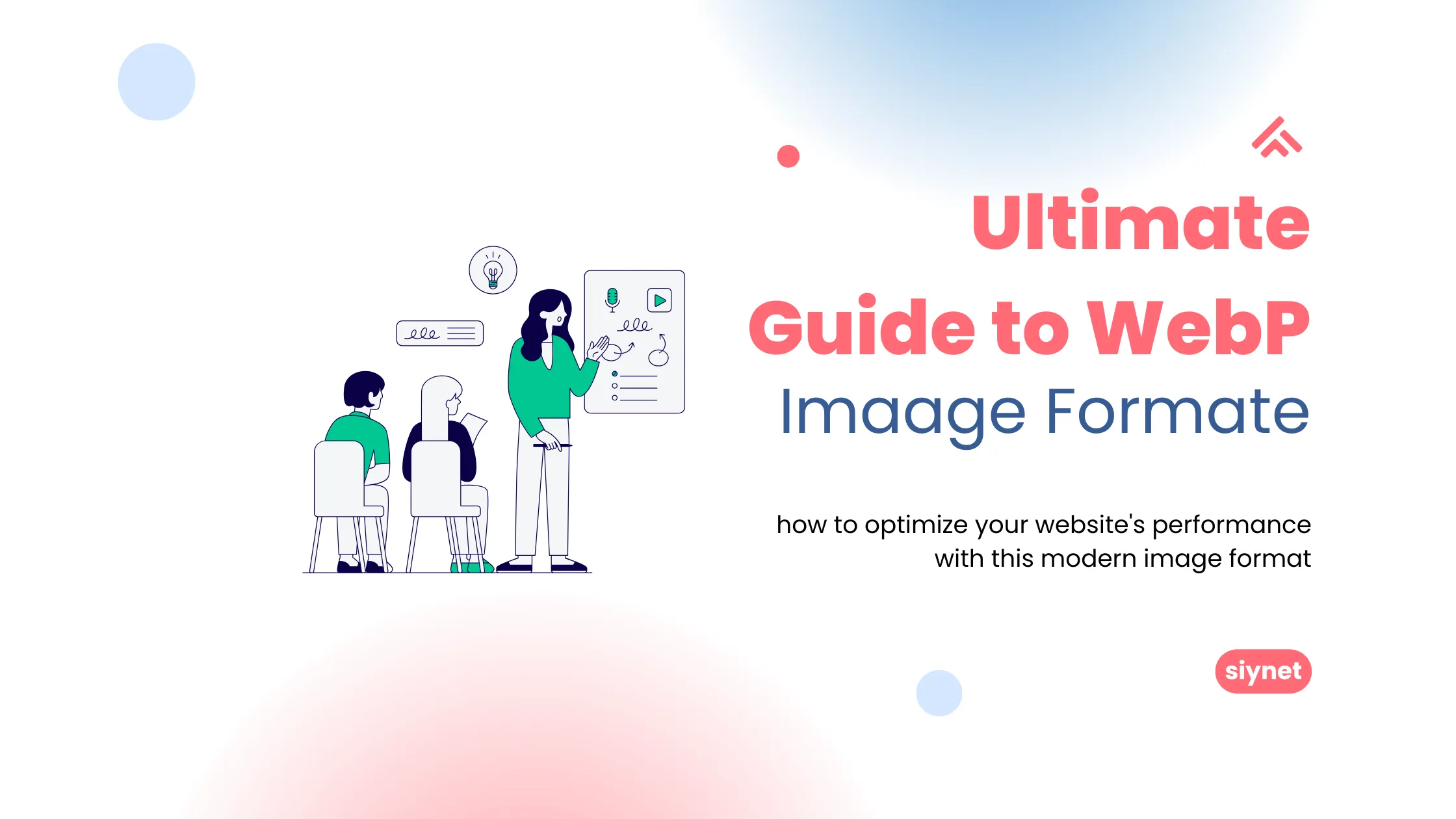As Linux continues to evolve, our guide to the Best Linux Distributions for Gaming 2025 highlights 15 top picks that offer improved Proton/Wine support, better GPU drivers, and seamless gaming performance. Whether you’re a casual player or an eSports fan, this guide has the distro for you. Here’s our handpicked list of the 15 best […]











